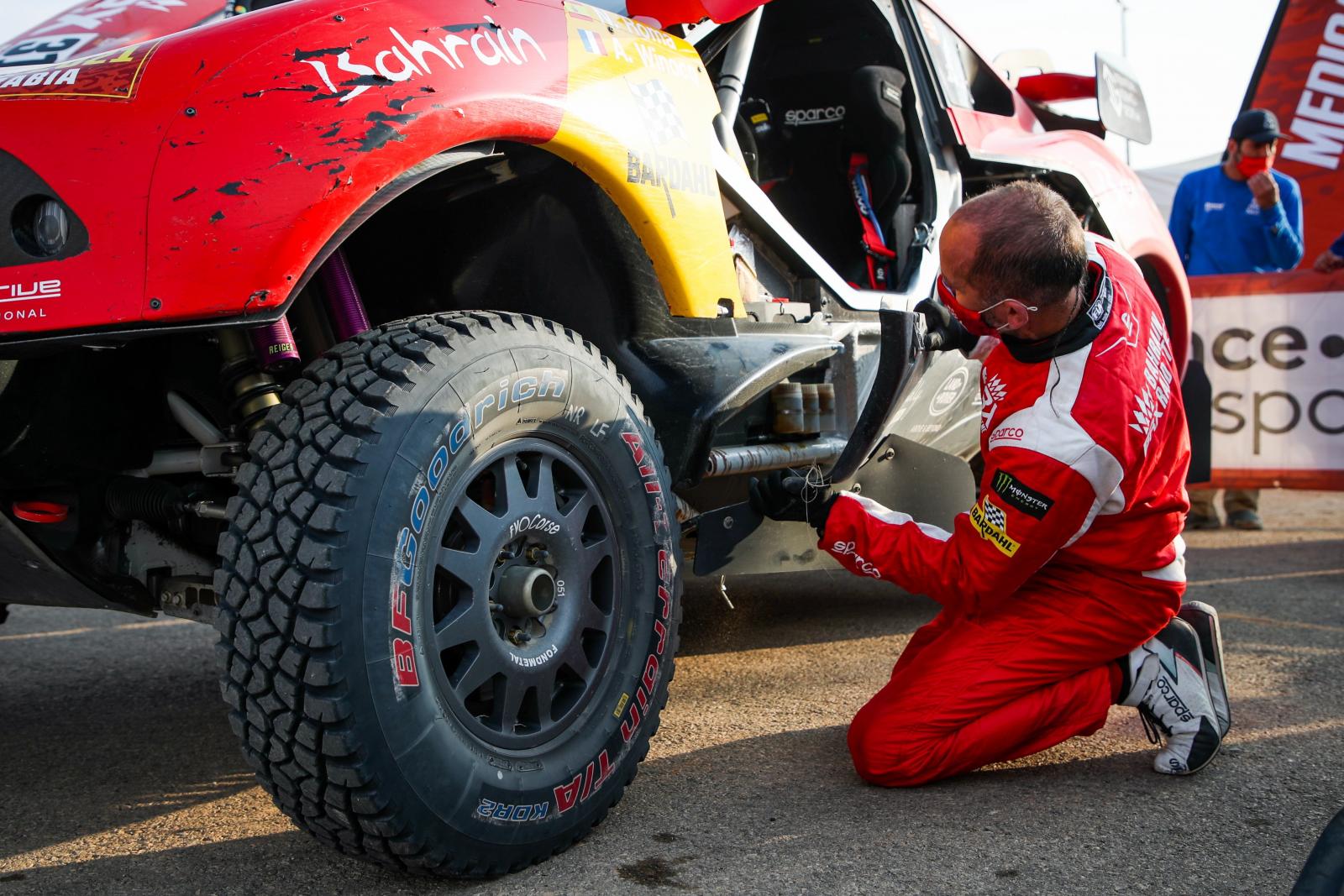
Prodrive took 3D printing to the desert to produce parts to keep its Dakar rally cars in the running.
Prodrive has a long history in motorsports, competing and winning its first event, the Qatar International Rally, in 1984. Since then, Prodrive has been unstoppable, winning a multitude of titles across a wide range of motorsport disciplines.
In 2021, the company entered the Dakar Rally in partnership with the Kingdom of Bahrain, under the new team, Bahrain Raid Xtreme (BRX). The Dakar Rally takes place over two weeks, with stages covering hundreds of miles across a range of challenging, off-road terrain in Saudi Arabia.
To prepare for the event, the BRX team began development on the Hunter T1, its new two-car factory team driven by 9x World Rally champion Sébastien Loeb, and 25x Dakar Rally legend Nani Roma. Roma secured 5th place overall in the 2021 race, the first time any team has achieved such a high ranking on their first attempt at the Dakar Rally.
Prodrive not only used Makerbot Method X 3D printers to help overcome development bottlenecks resulting from the Covid pandemic, it also took the machine from the workshop floor into the open desert.
A 3D printer was loaded onto one of the BRX team maintenance trucks set up in the desert. It was used on-site to print fabricated parts, or to fix a part that would have required steel or aluminum fabrication.
“We carried this machine with us in the truck and printed remotely in the middle of nowhere; literally where you can’t see traces of civilization, yet here we are using this kind of machine with that industrial 3D printing technology. We took advantage of the speed of 3D printing parts in the middle of our test program,” said Paul Doe, chief engineer at Prodrive.
The BRX team used the Method X to print over 30 parts on the Hunter T1, including a mount for a suspension position sensor and a sculpted nozzle mount for the cockpit’s fire suppression system.
The suspension position sensor allowed the engineers to look at the damper performance, vehicle dynamics, wheel alignment, drive shaft, and more. The sensor generates data and relays information back to the team for better analysis, which can then be used to improve vehicle performance. The mounting system was printed with MakerBot’s nylon carbon fiber. The entire process to get the suspension mount just right took only one and a half hours, from having the 3D printed mount on the ground sheet in the middle of the desert, to observing it, to making updates and reinforcements to the design in the truck, to launching production on the Method X. With the new part in their hands, the team was ready to put it on the car and continue collecting data.
“That was new for us. In the past, we’ve used additive manufacturing, but we didn’t have the capability to do this so immediately,” stated Doe. “In addition, the materials we used on Method X, particularly the nylon carbon fibre, exhibited higher performance than what we had experienced in past years. There are quite a bit of parts in the car, such as the engine bays and wheel side near the brakes, where the environments reach up to 120°C and where traditional FDM materials start to struggle, forcing us to revert to aluminum which is costly. In this case, we were able to print parts in nylon carbon fiber which is able to reach very high temperatures. The carbon print heads on METHOD X really opened up access to a lot of new applications for us.”
Doe continued, “With the density of the materials we used being so low in comparison to traditional aluminum or steel fabrications, we were able to make parts that were much lighter than what a typical part would have been. And it allowed us unlimited freedom to effectively test our parts.”